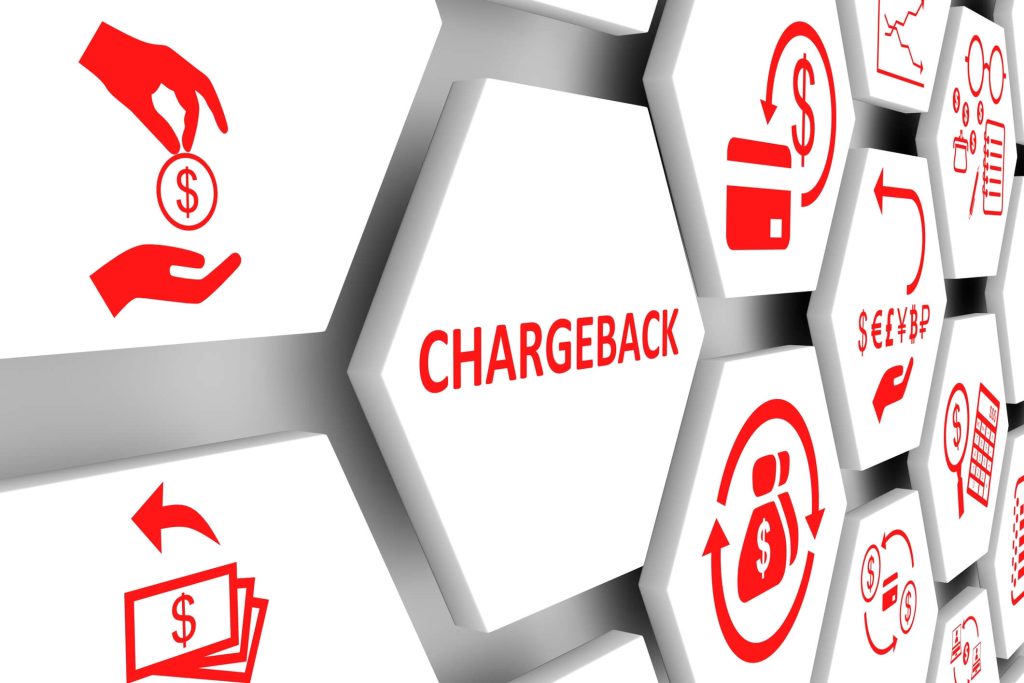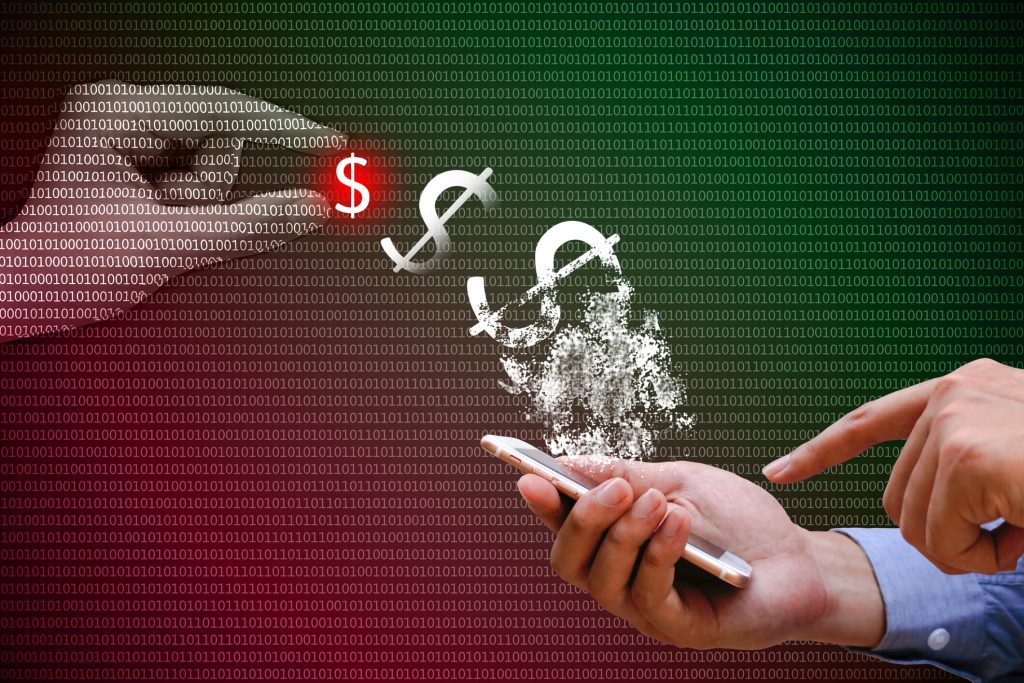Chargebacks can be a major headache for businesses, leading to lost revenue and customer disputes. When a chargeback occurs, it means that a customer is challenging a transaction, often for reasons like fraud or dissatisfaction. However, businesses have the opportunity to fight these chargebacks by submitting a chargeback rebuttal letter....
Strategies for Minimizing Chargebacks in a Fitness Center
Chargebacks are a common occurrence in the fitness center industry, and they can have a significant impact on the financial health of a business. A chargeback is a transaction reversal initiated by the cardholder's bank, typically due to a dispute or fraudulent activity. When a chargeback occurs, the funds are...
Disputing Chargebacks in the Fitness Industry
Chargebacks are a common occurrence in the fitness industry, and they can have a significant impact on businesses. A chargeback is a reversal of a credit card transaction initiated by the cardholder's bank. It is typically done when a customer disputes a charge on their credit card statement, claiming that...
Best Strategies for Handling Chargebacks in Gyms
Chargebacks are a common occurrence in the gym industry, and understanding how to handle them effectively is crucial for the success of any gym business. A chargeback is a reversal of a credit card transaction initiated by the cardholder's bank. It can happen for various reasons, such as unauthorized transactions,...
Chargebacks for Gym & Fitness Center: A Detailed Guide
A chargeback is a transaction reversal initiated by a cardholder's bank, typically in response to a customer dispute or fraudulent activity. When a chargeback occurs, the funds from a gym membership payment are returned to the customer, and the gym is responsible for covering the cost of the chargeback, including...
A Guide to Cash App Chargebacks: 2024 Updated
Cash App is a popular peer-to-peer payment app that allows users to send and receive money easily. However, there may be instances where a user needs to dispute a transaction and request a chargeback. In this comprehensive guide, we will explore the basics of Cash App chargebacks, how to initiate...





